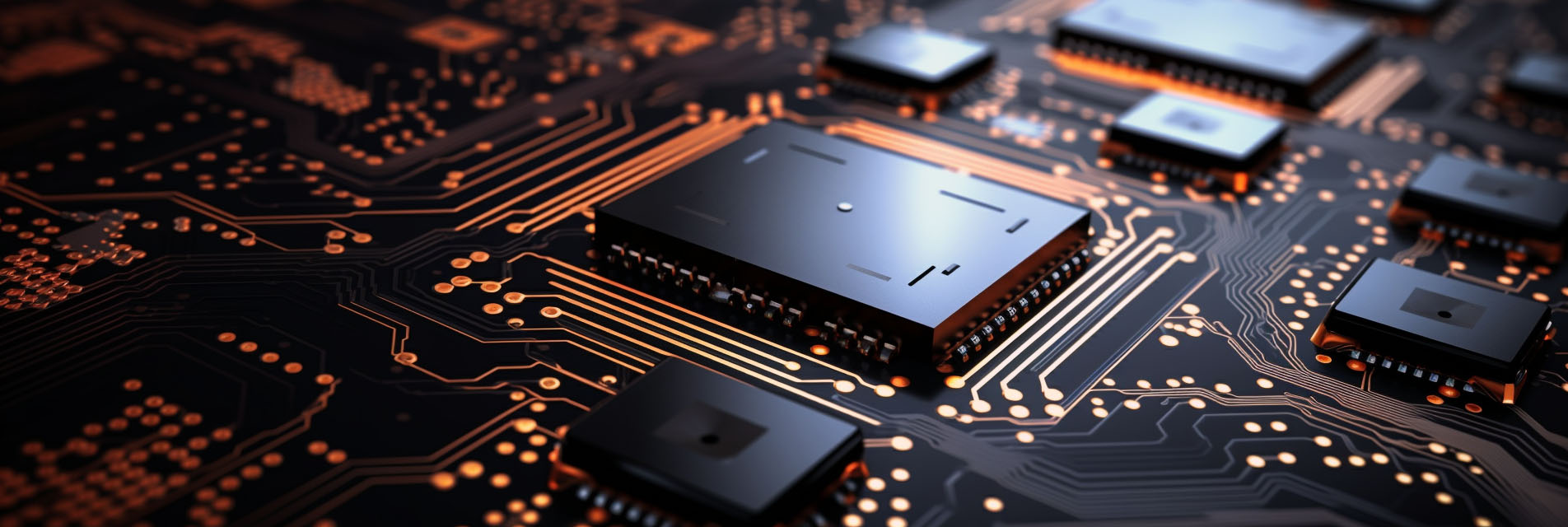Semiconductor

A semiconductor is a material that has electrical conductivity properties between that of a conductor, like copper or aluminum, and an insulator, like rubber or glass. Semiconductors are the foundation of modern electronics and are used in a wide range of applications, from transistors and diodes to solar cells and light-emitting diodes (LEDs). The most commonly used semiconductor material is silicon, although other materials like gallium arsenide and silicon carbide are also used for specific applications.
The unique properties of semiconductors come from their electronic band structure. In a semiconductor, the energy gap between the valence band, where electrons are normally present, and the conduction band, where electrons can move freely, is relatively small. This means that a small amount of energy, such as heat or light, can push electrons from the valence band into the conduction band, allowing them to conduct electricity. This property is temperature-dependent, meaning that a semiconductor's conductivity increases with temperature, which is the opposite behavior of a metal.
One of the most important features of semiconductors is that their properties can be dramatically altered by adding impurities, a process known as doping. For example, doping silicon with phosphorus atoms creates an excess of free electrons and produces an "n-type" semiconductor. Doping it with boron, which has fewer electrons in its outer shell than silicon, creates a "p-type" semiconductor with an excess of "holes," or places where electrons can fit. Combining n-type and p-type semiconductors in a single device creates a p-n junction, the basic element of many semiconductor devices like diodes and transistors.
Semiconductors have revolutionized technology and are a key component in many electronic devices. They are used in computing, telecommunications, energy production, and countless other applications. The development of semiconductor technology has followed Moore's Law, which predicts that the number of transistors on a semiconductor chip will double approximately every two years, leading to an exponential increase in computing power.
The semiconductor industry is a highly competitive and rapidly evolving field, with significant investments in research and development. Advances in semiconductor technology have led to smaller, faster, and more energy-efficient devices and are enabling new technologies like quantum computing and the Internet of Things (IoT).
In summary, a semiconductor is a material with electrical conductivity properties that fall between those of conductors and insulators. Semiconductors are fundamental to modern electronics and are used in a wide range of applications. Their unique properties, such as the ability to alter conductivity through doping, have made them essential in the development of electronic devices and systems.